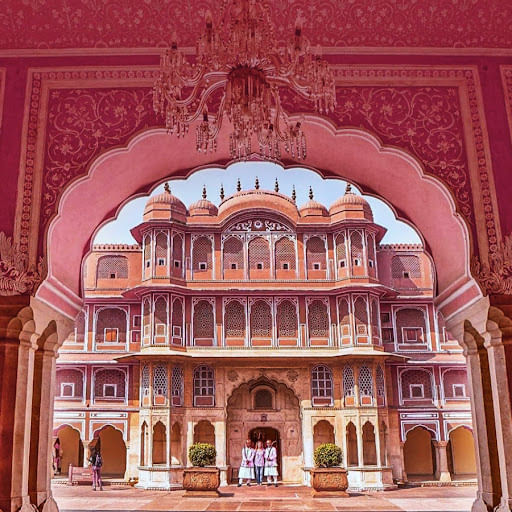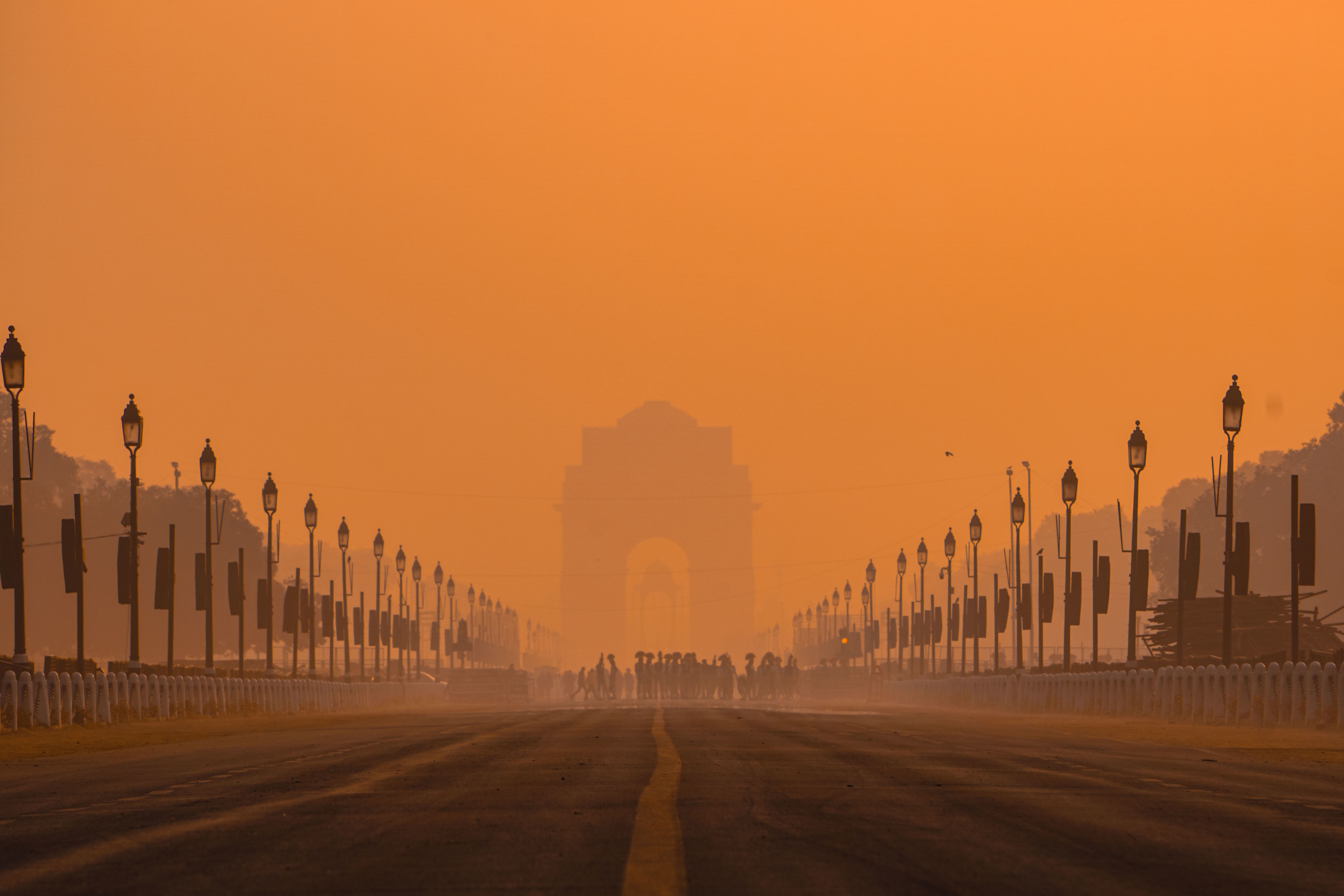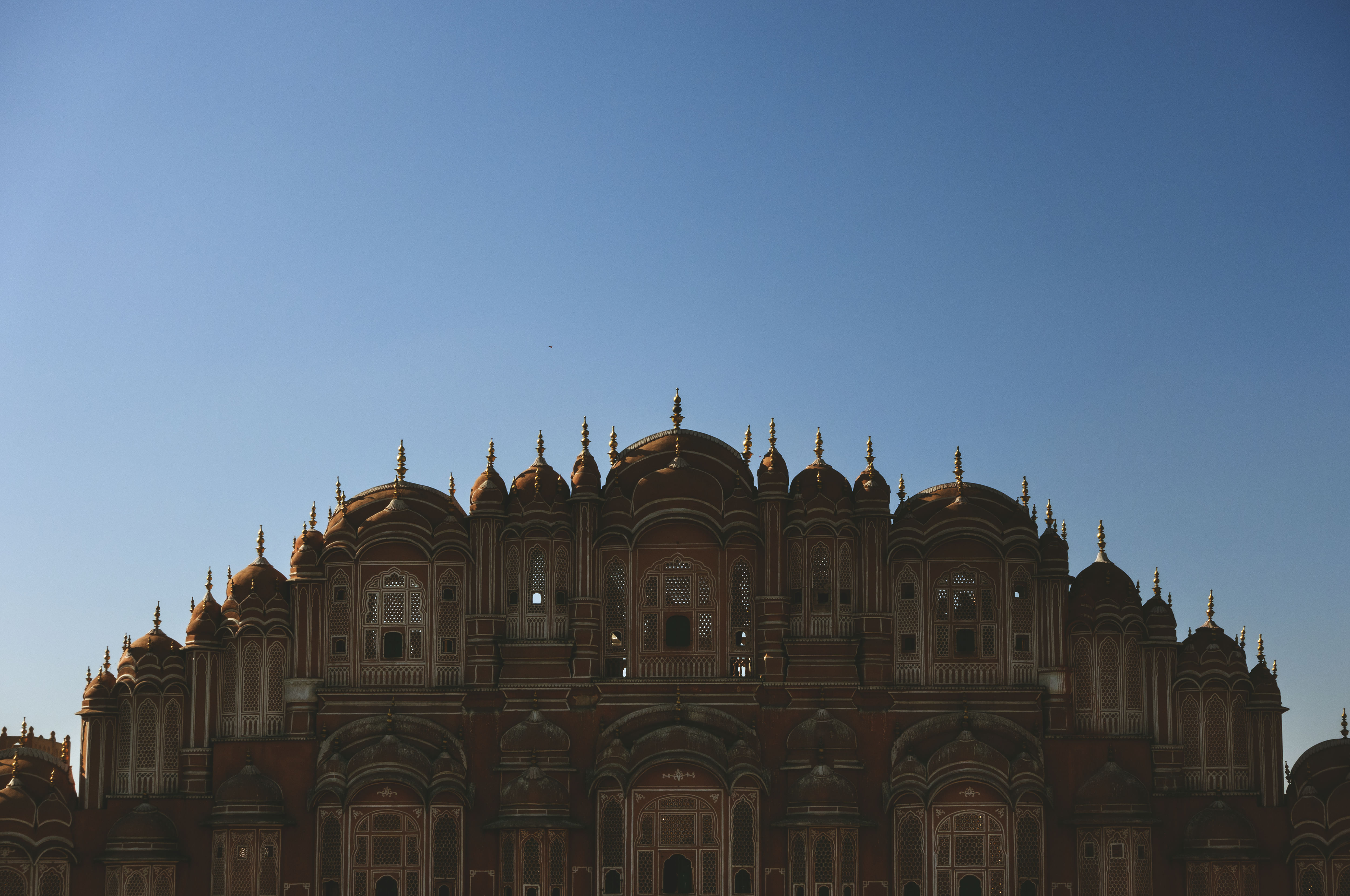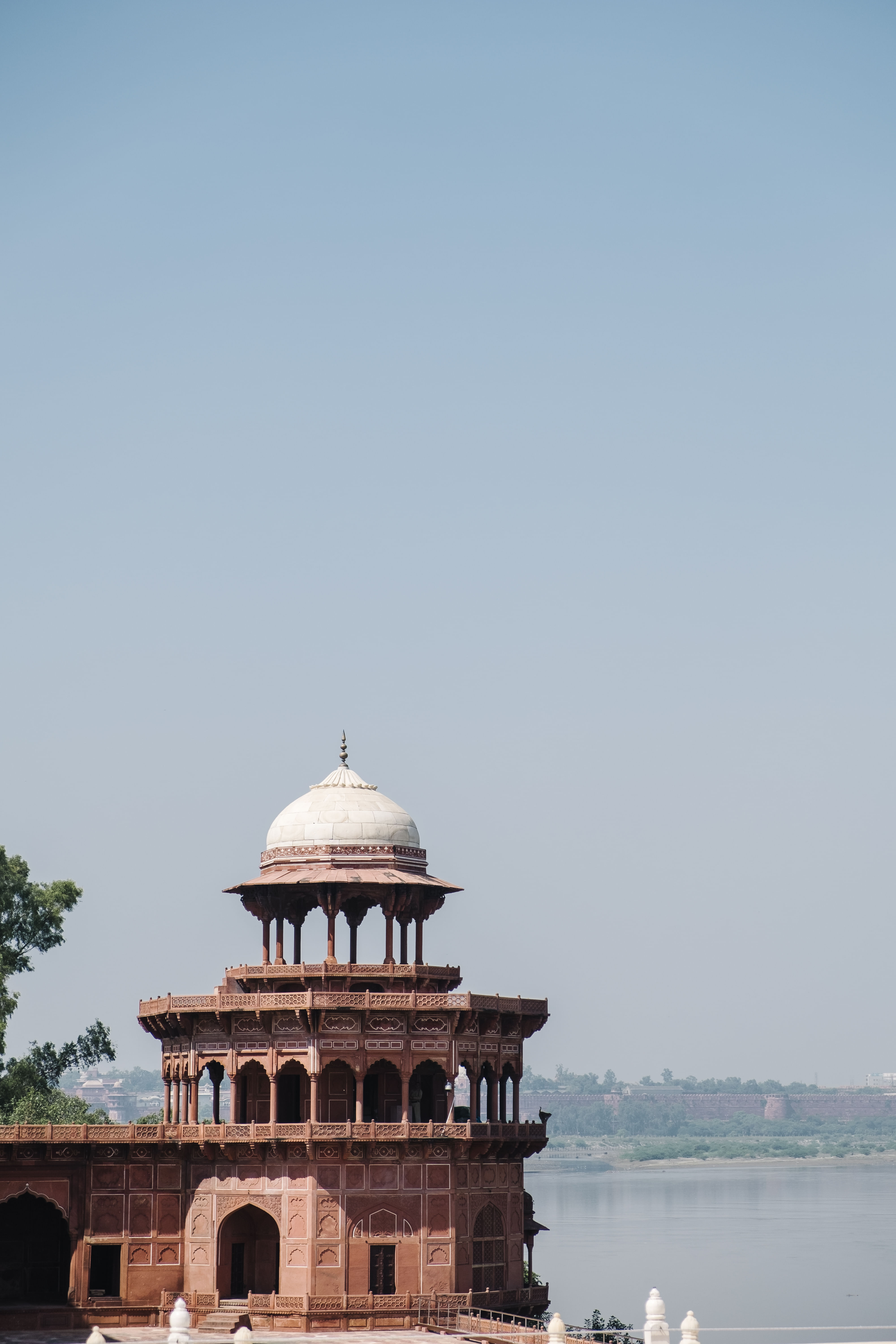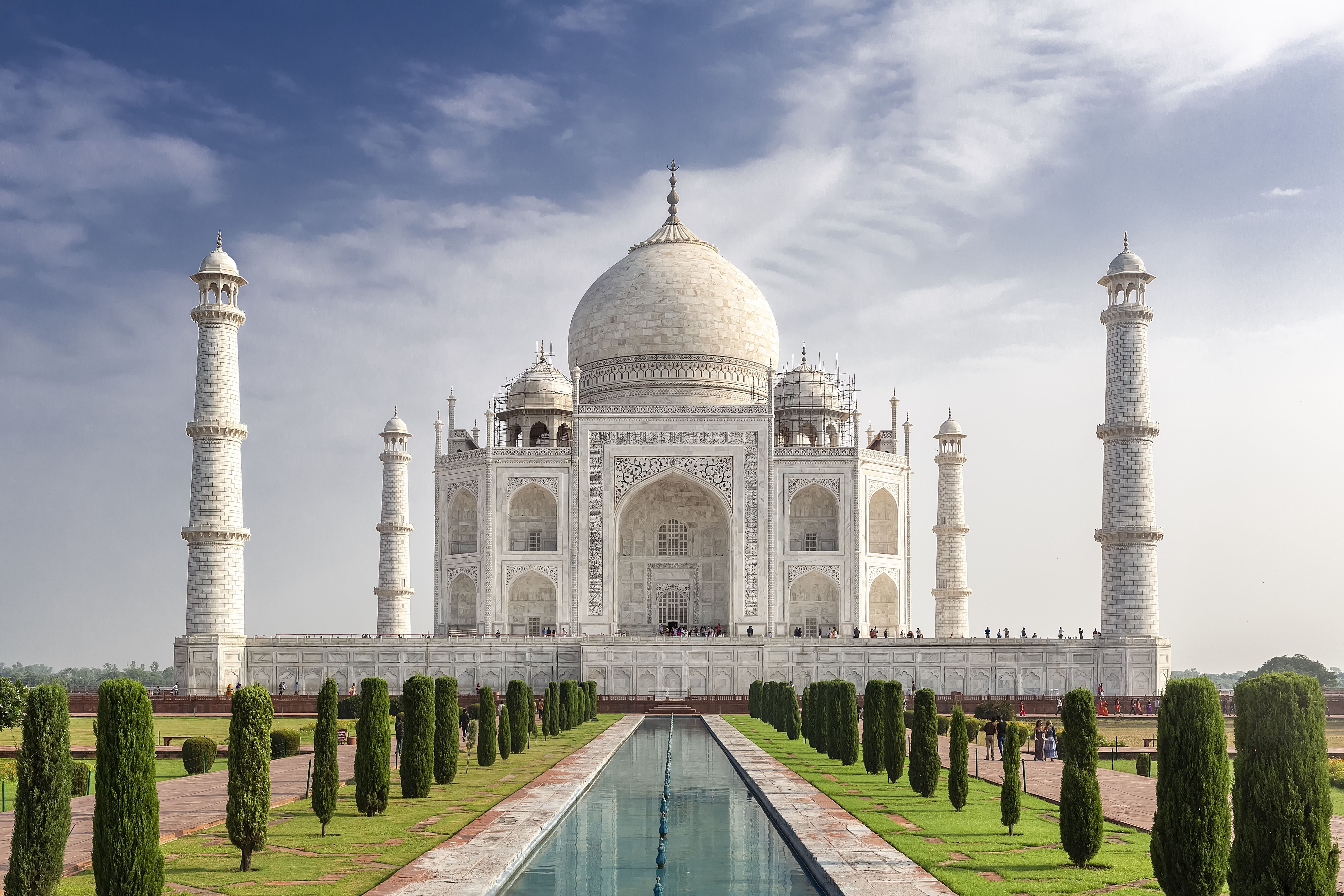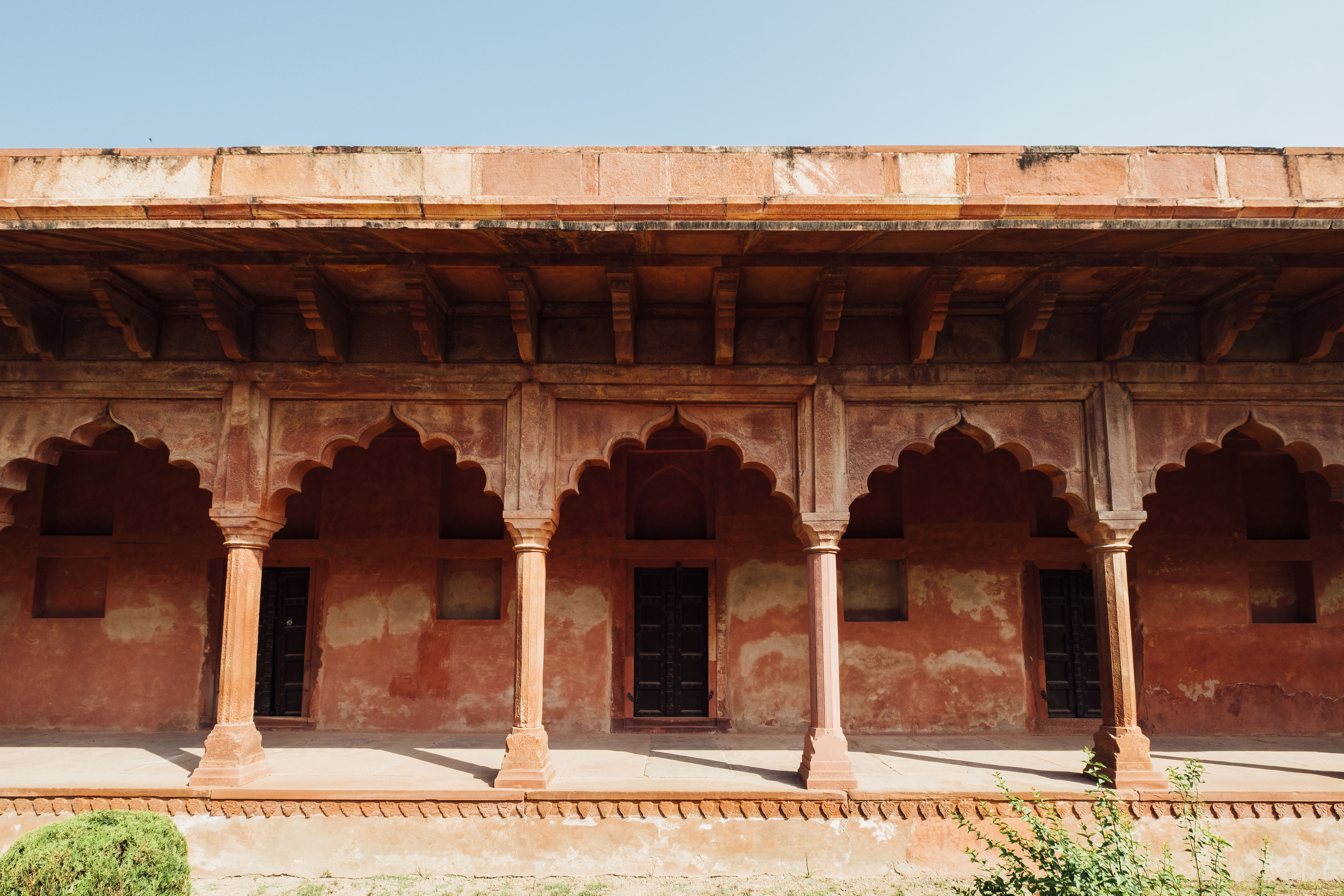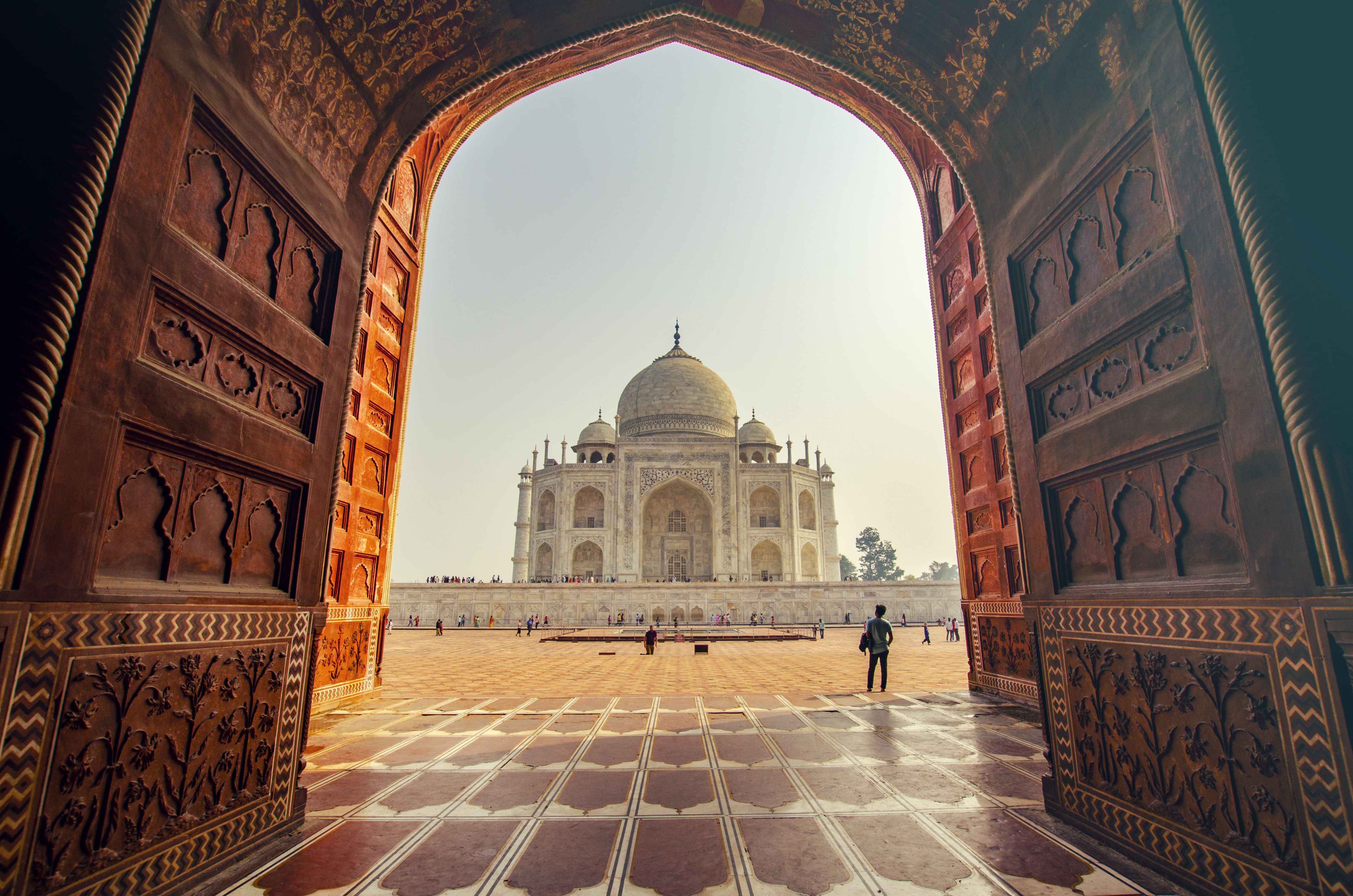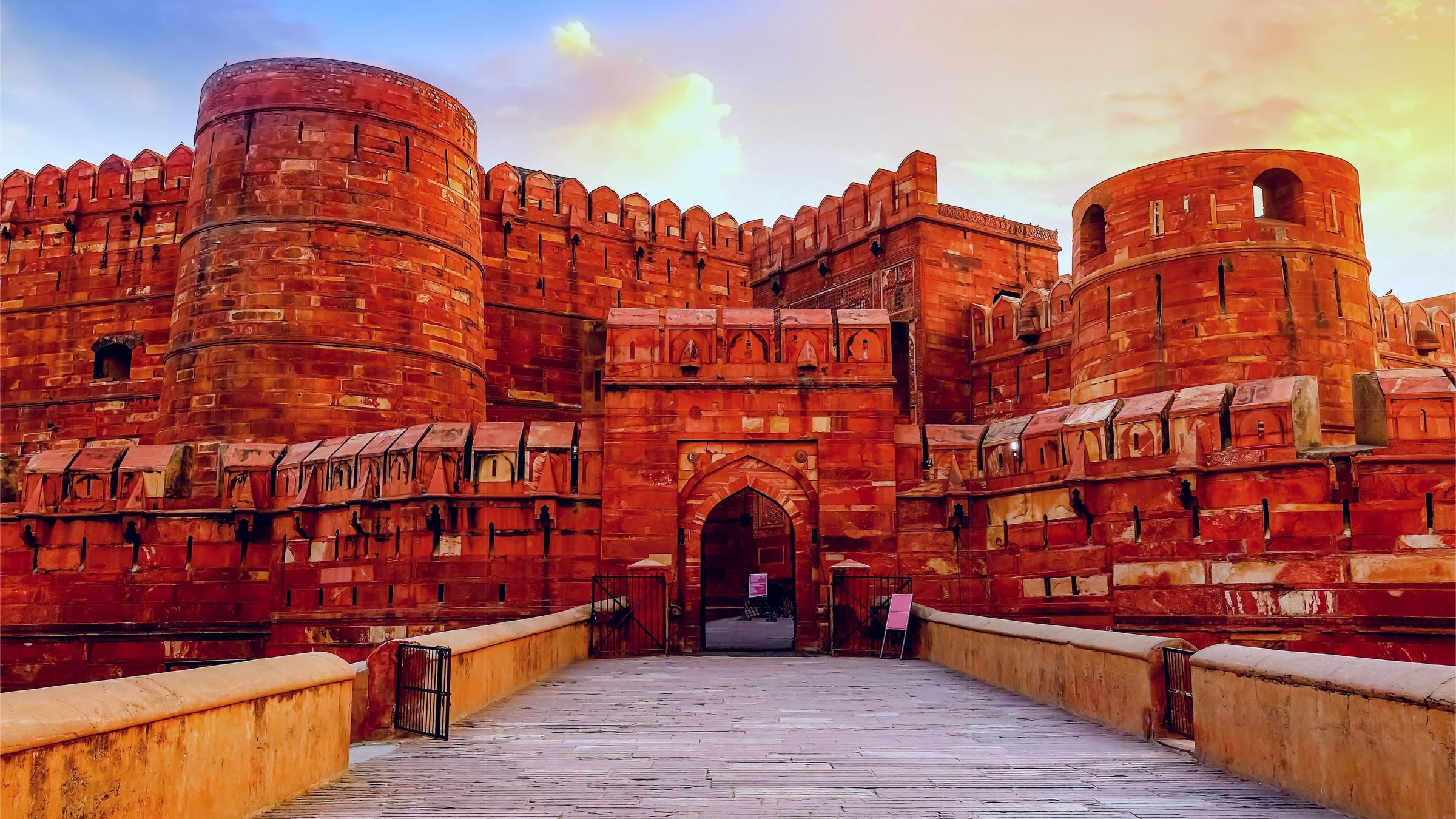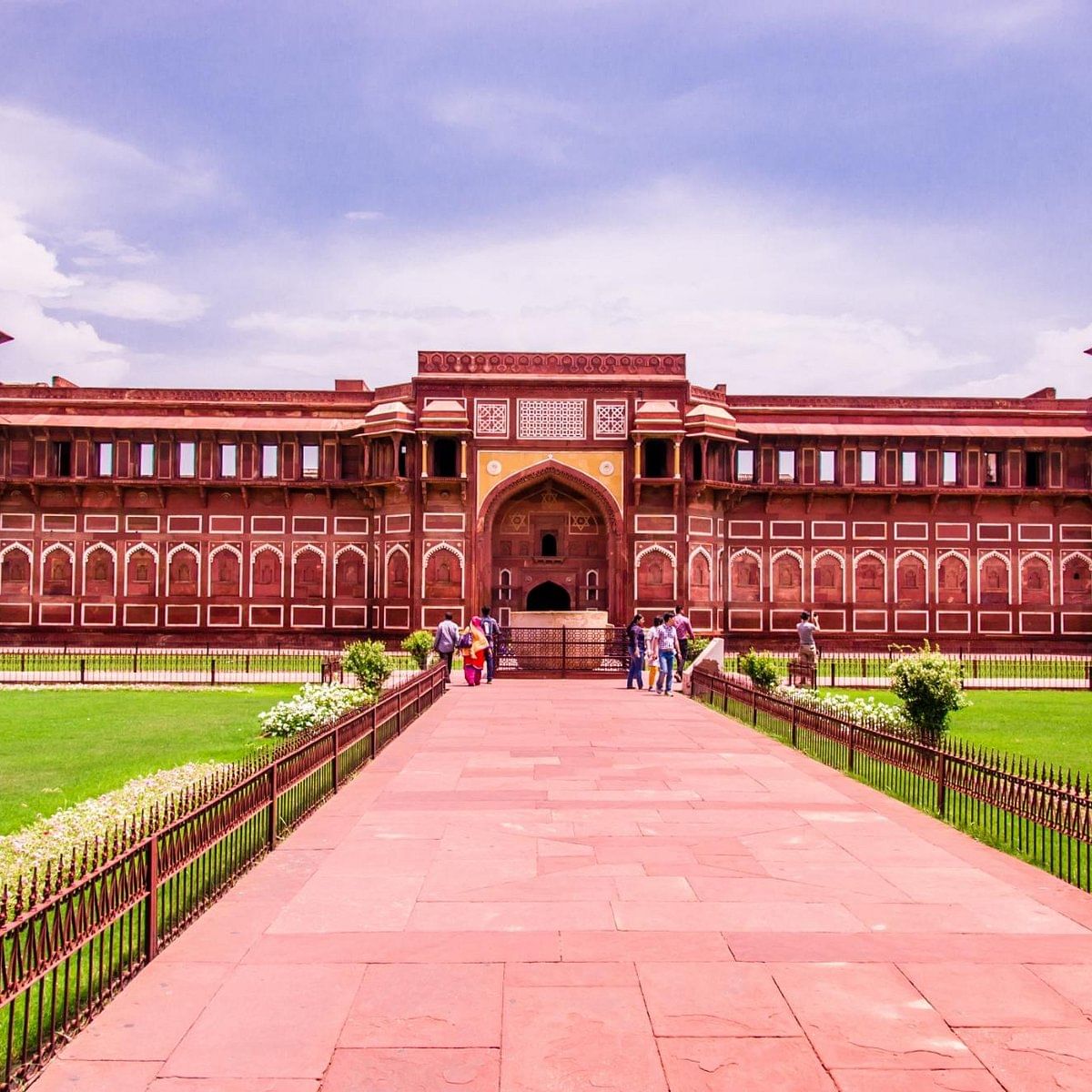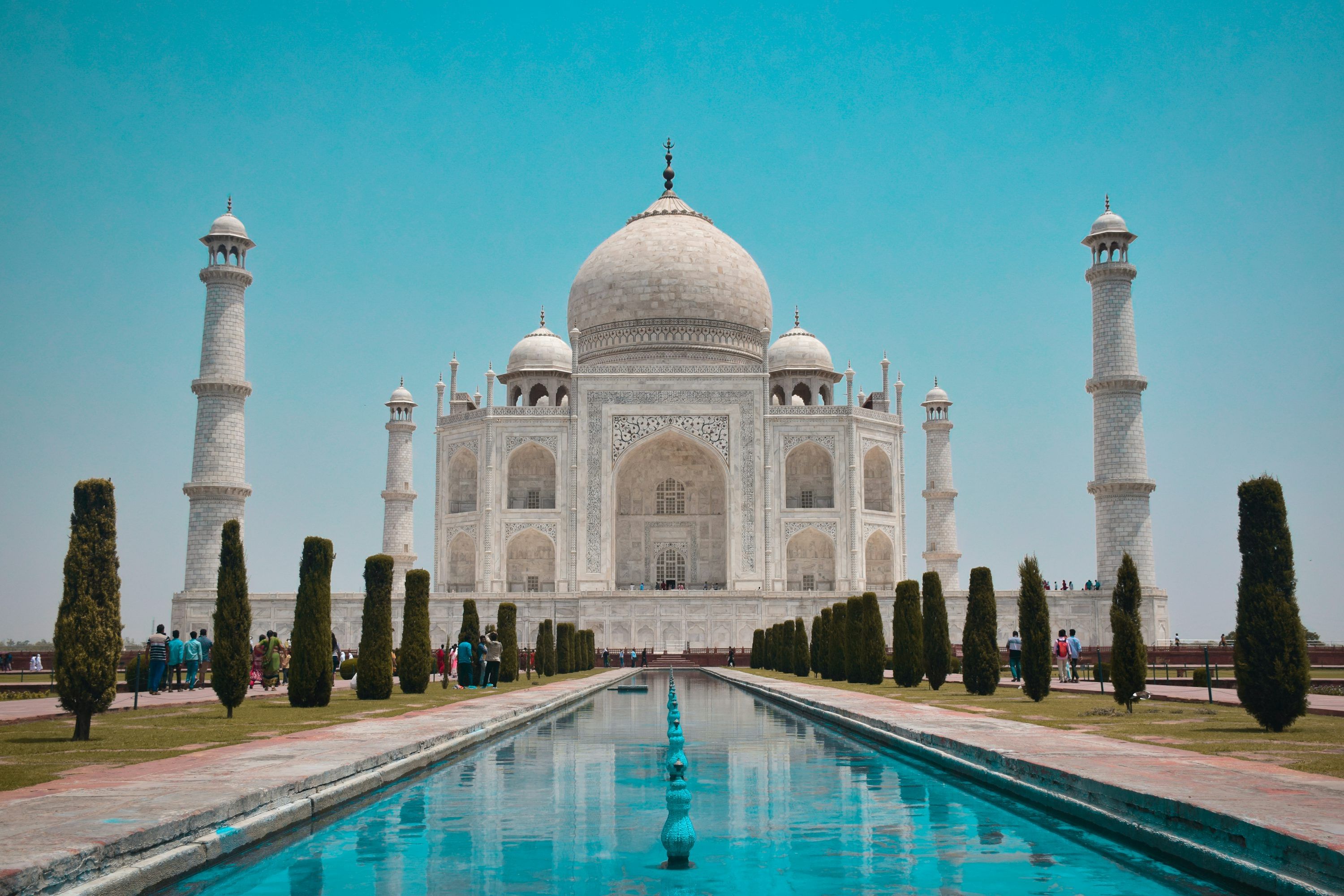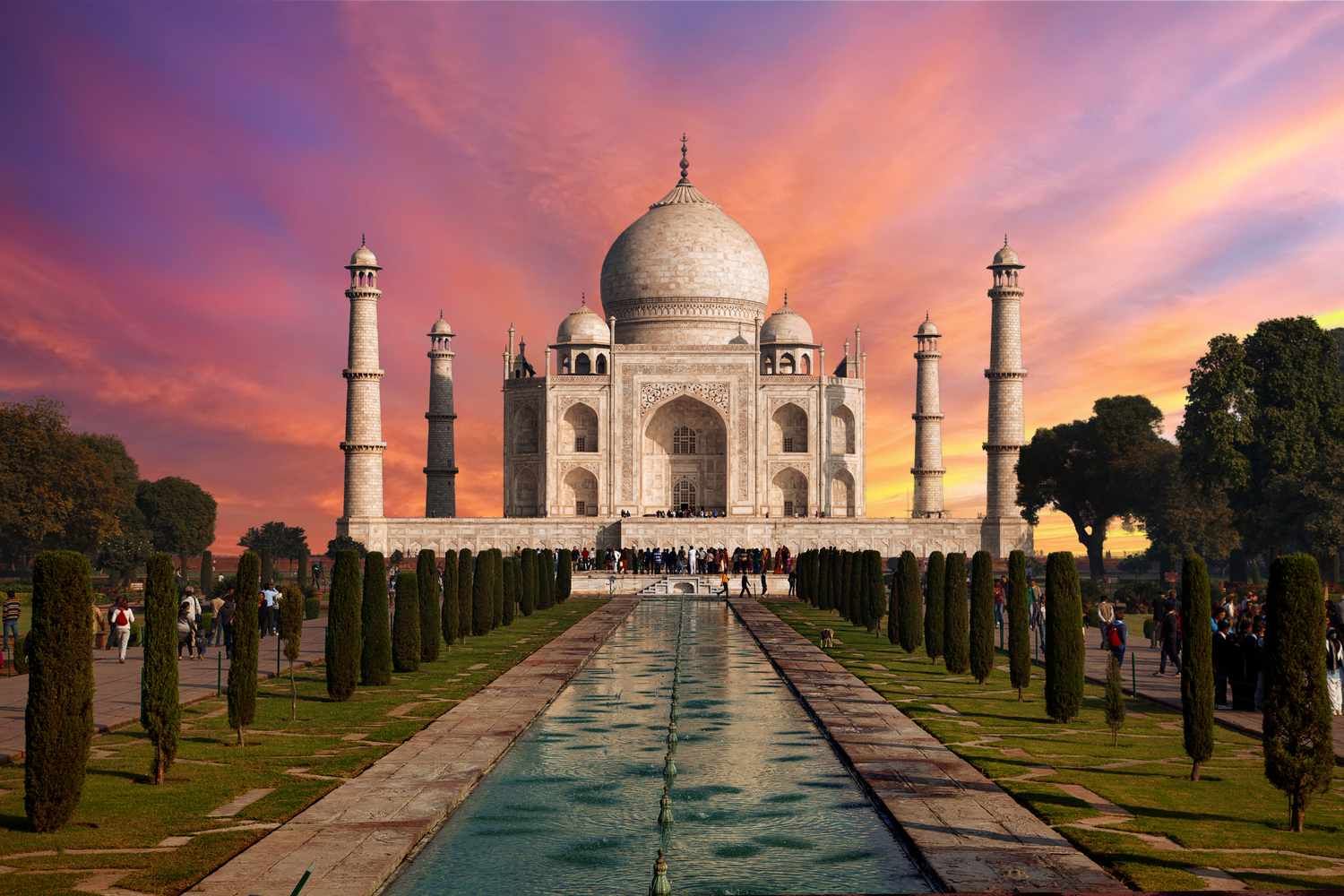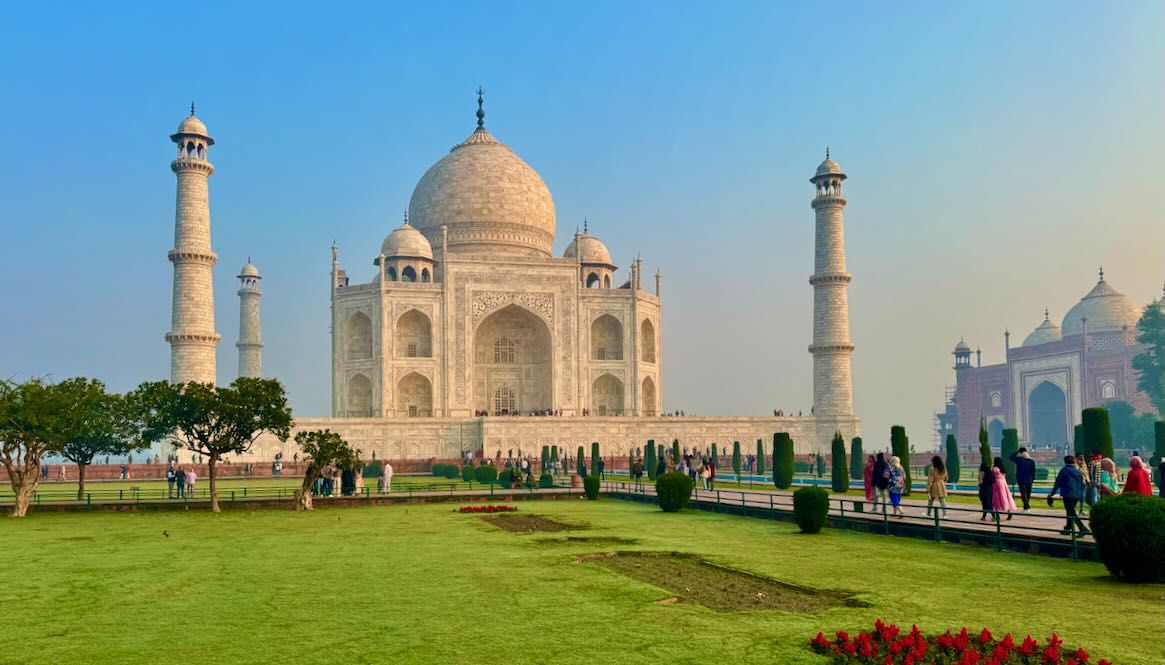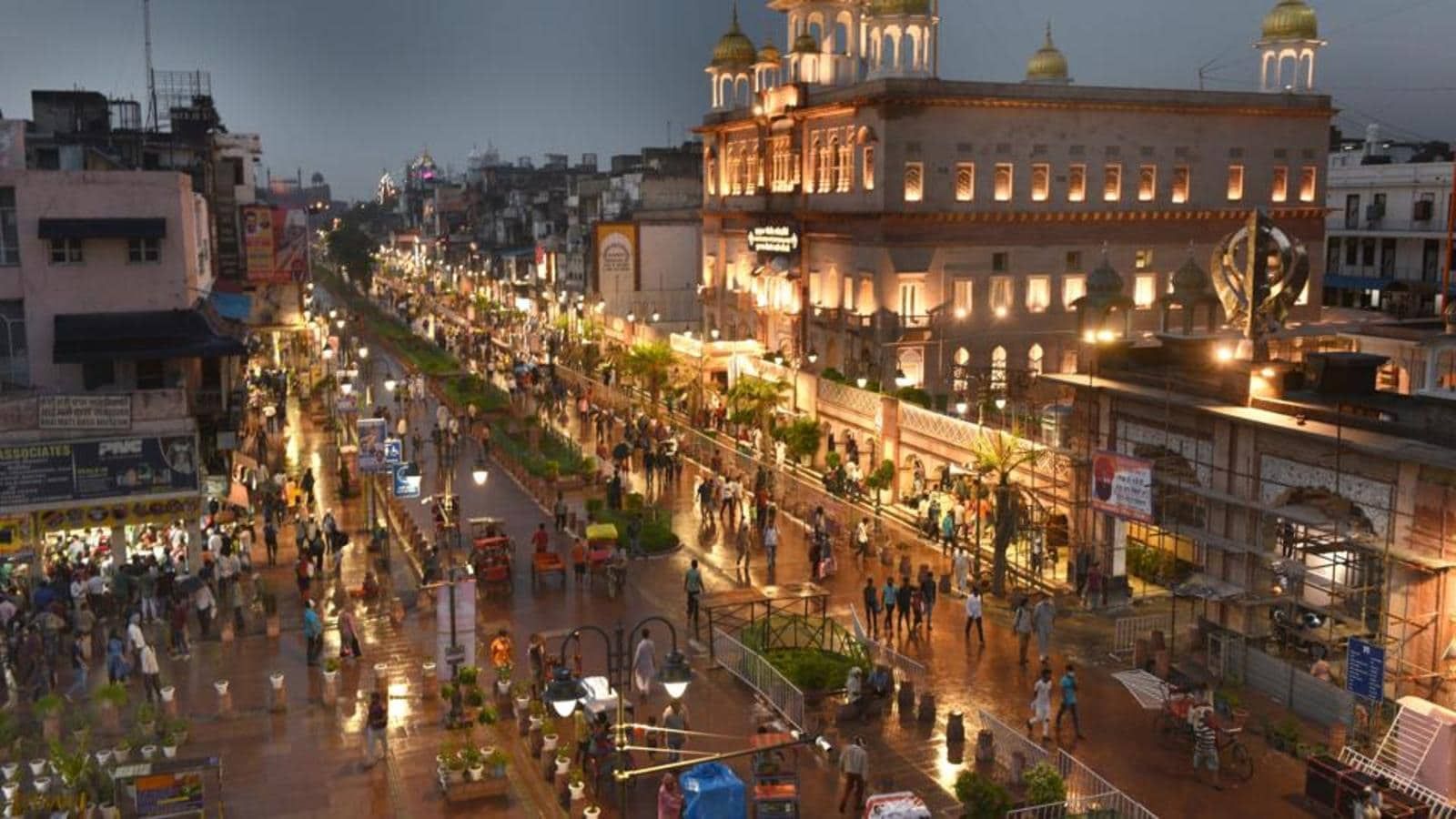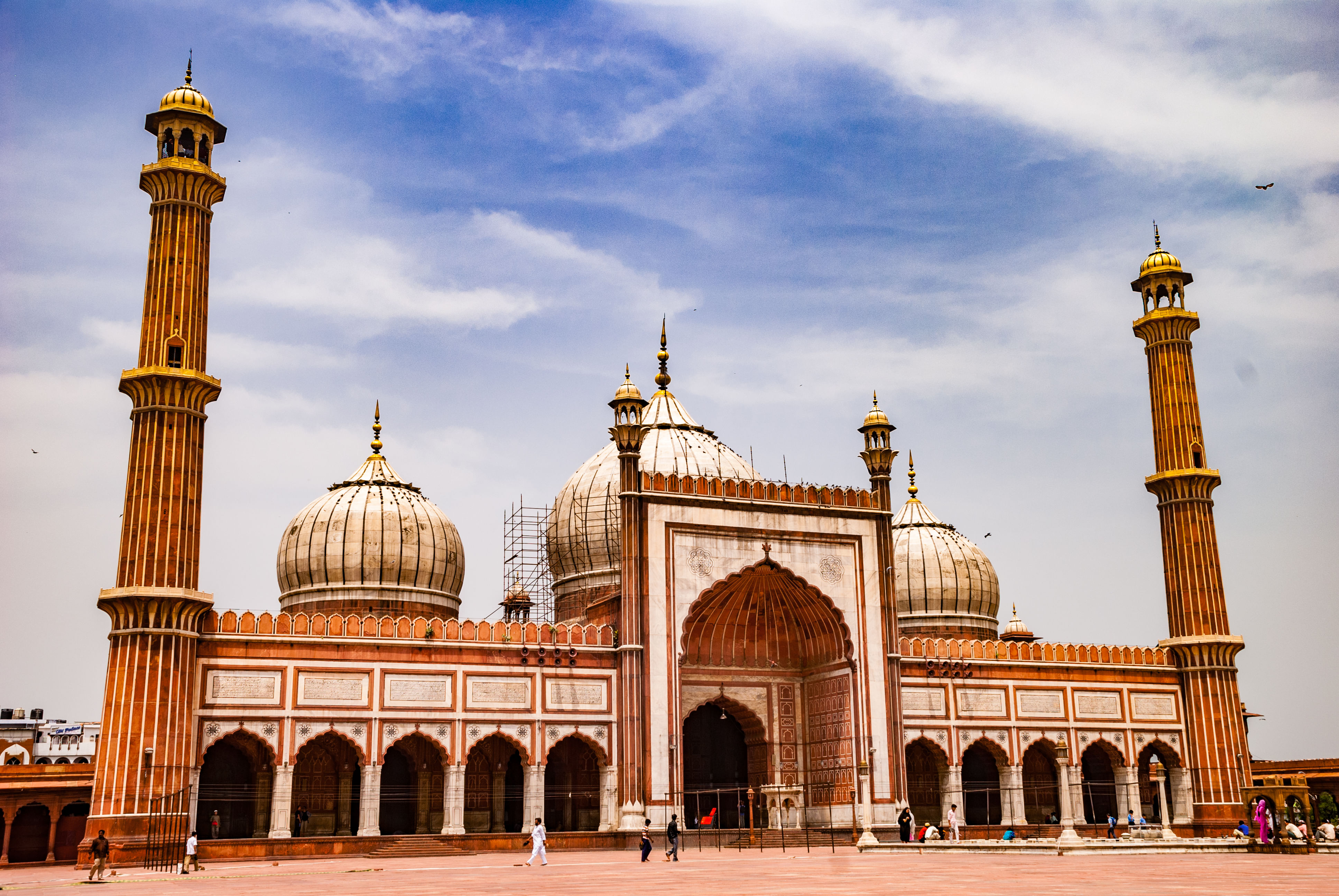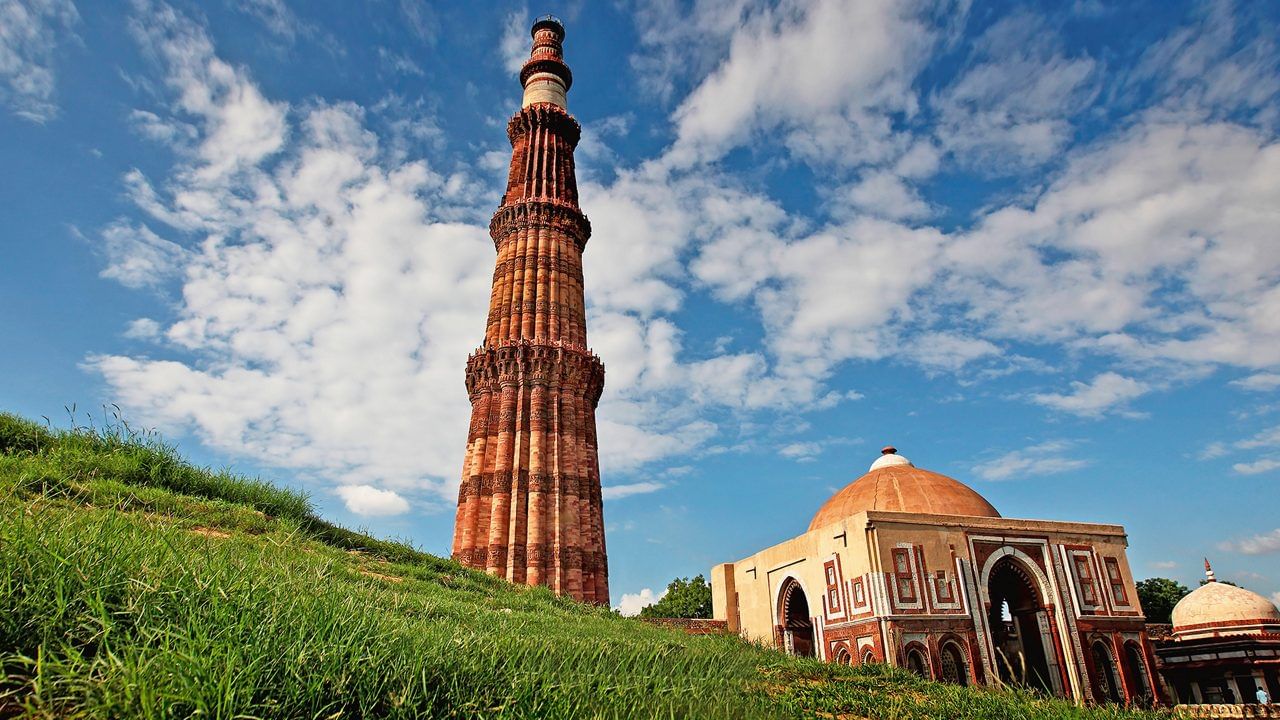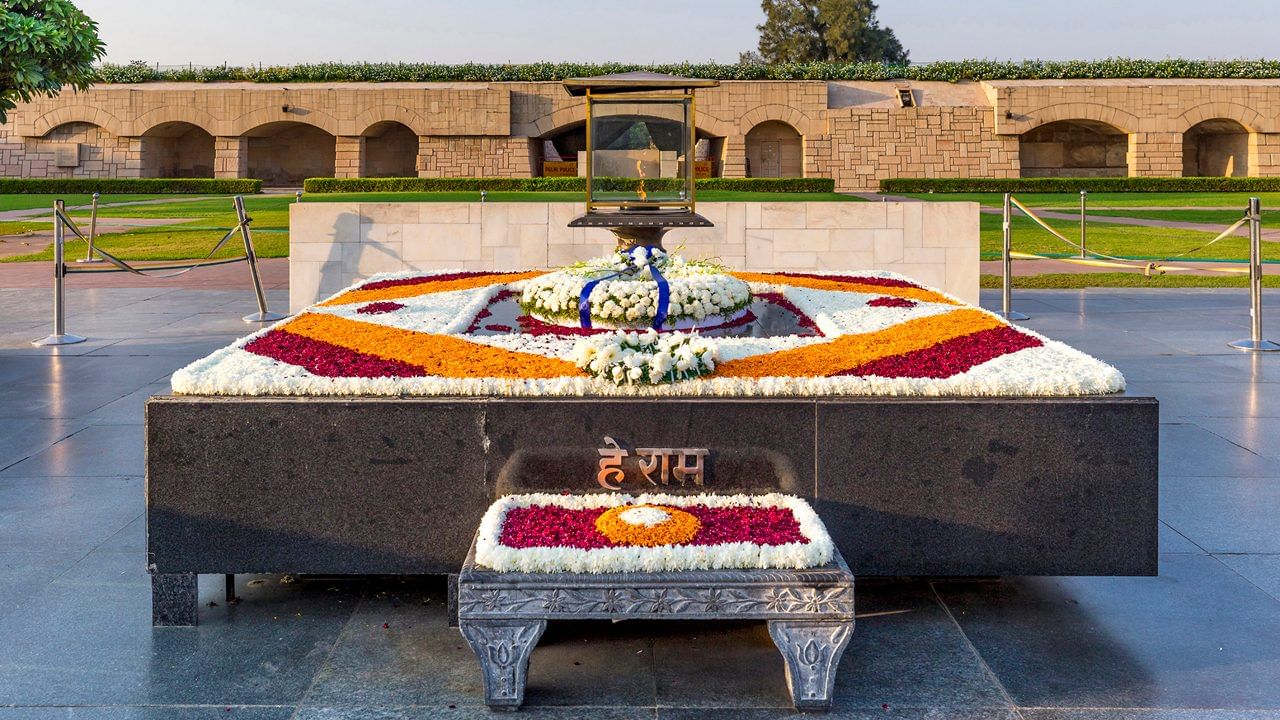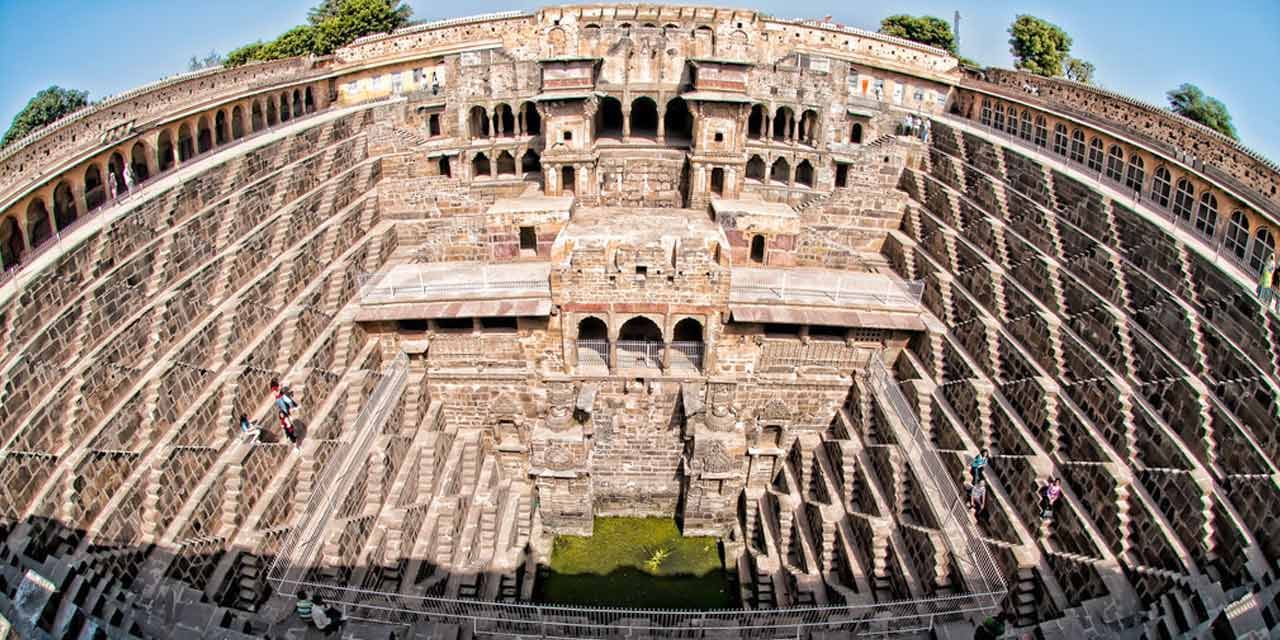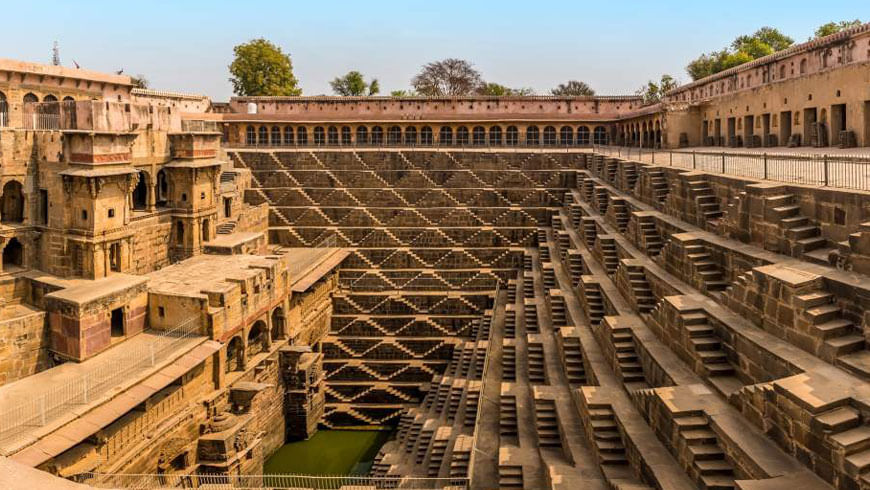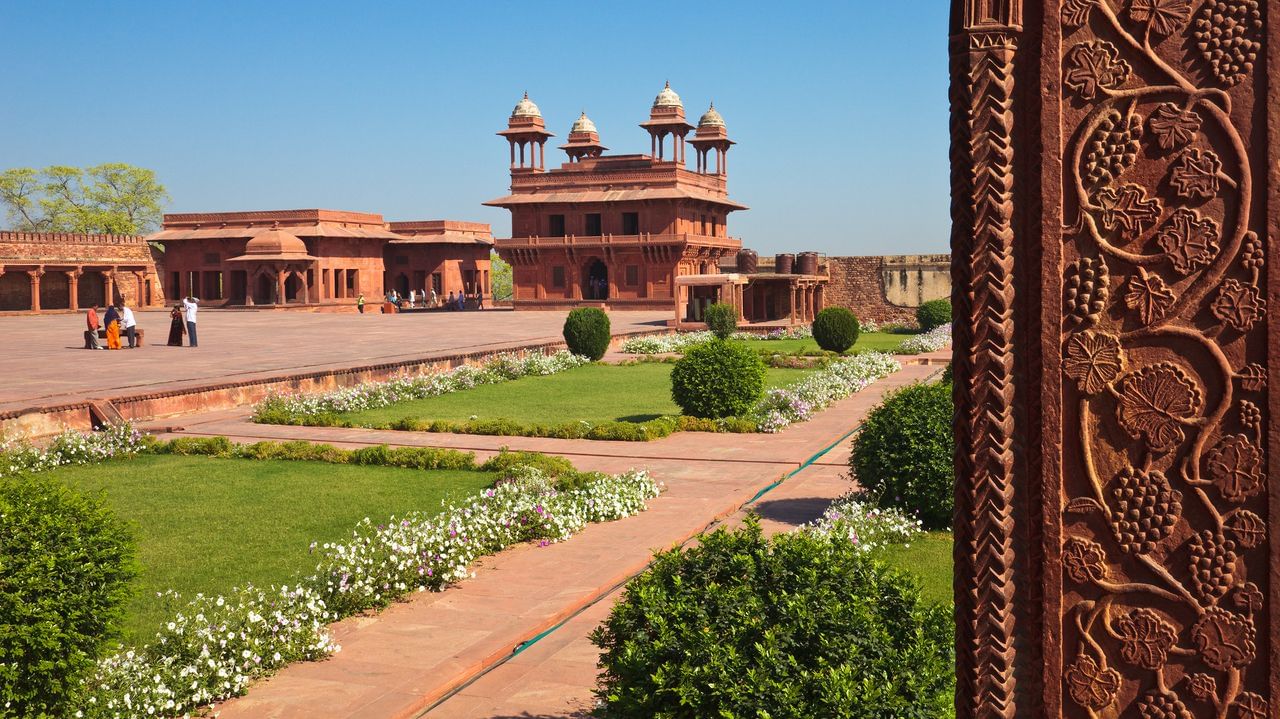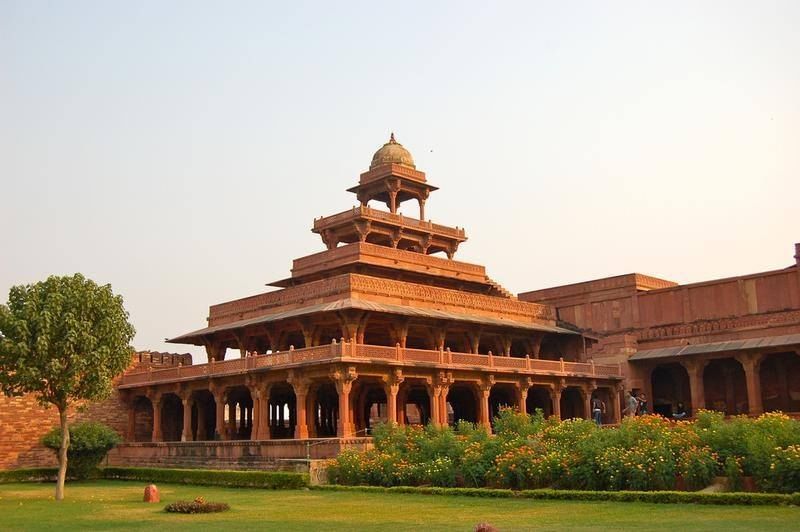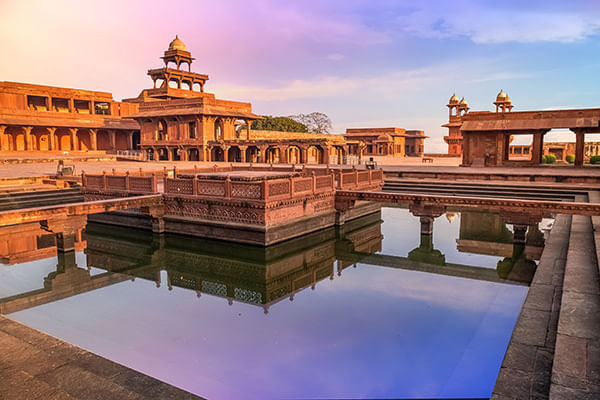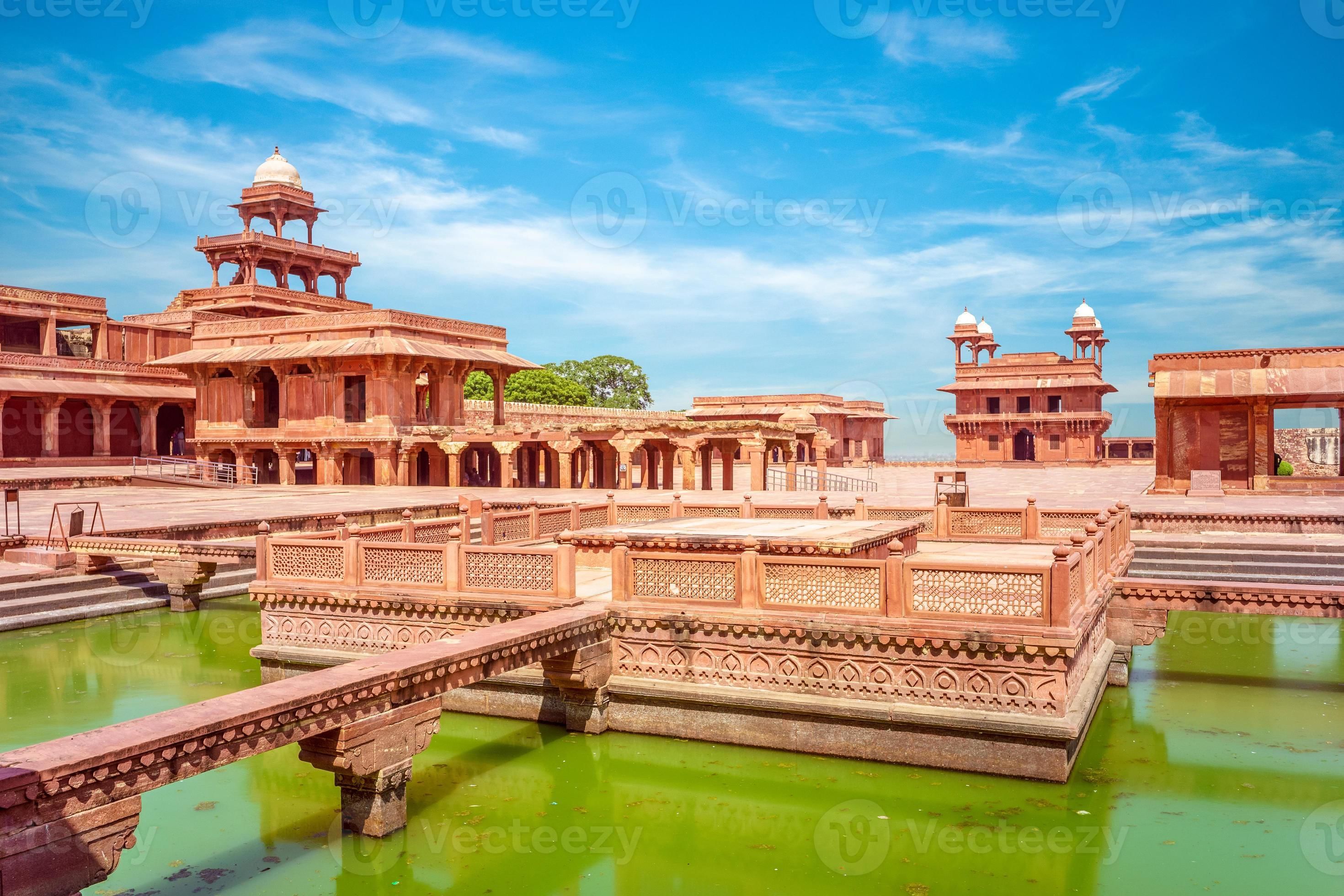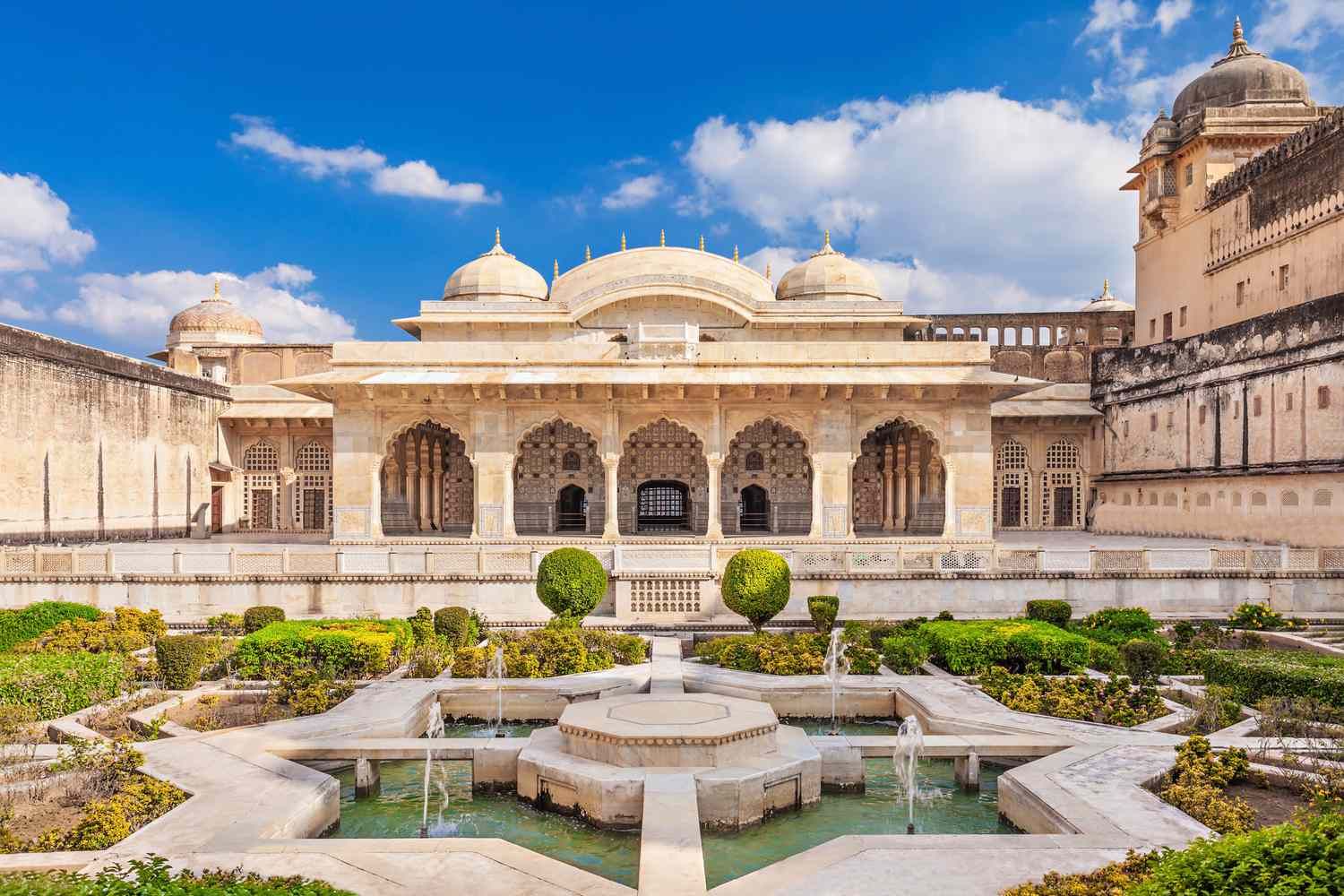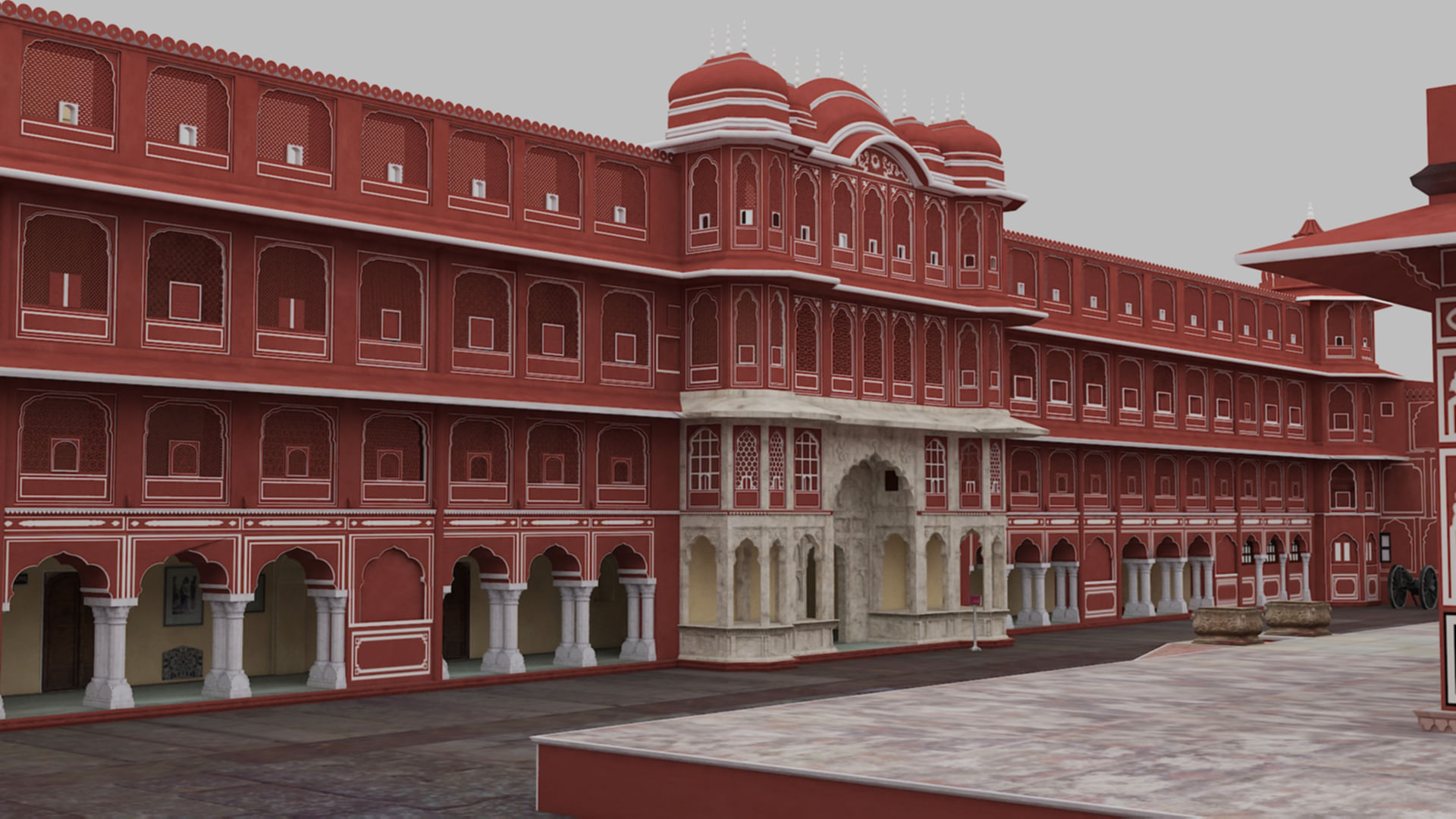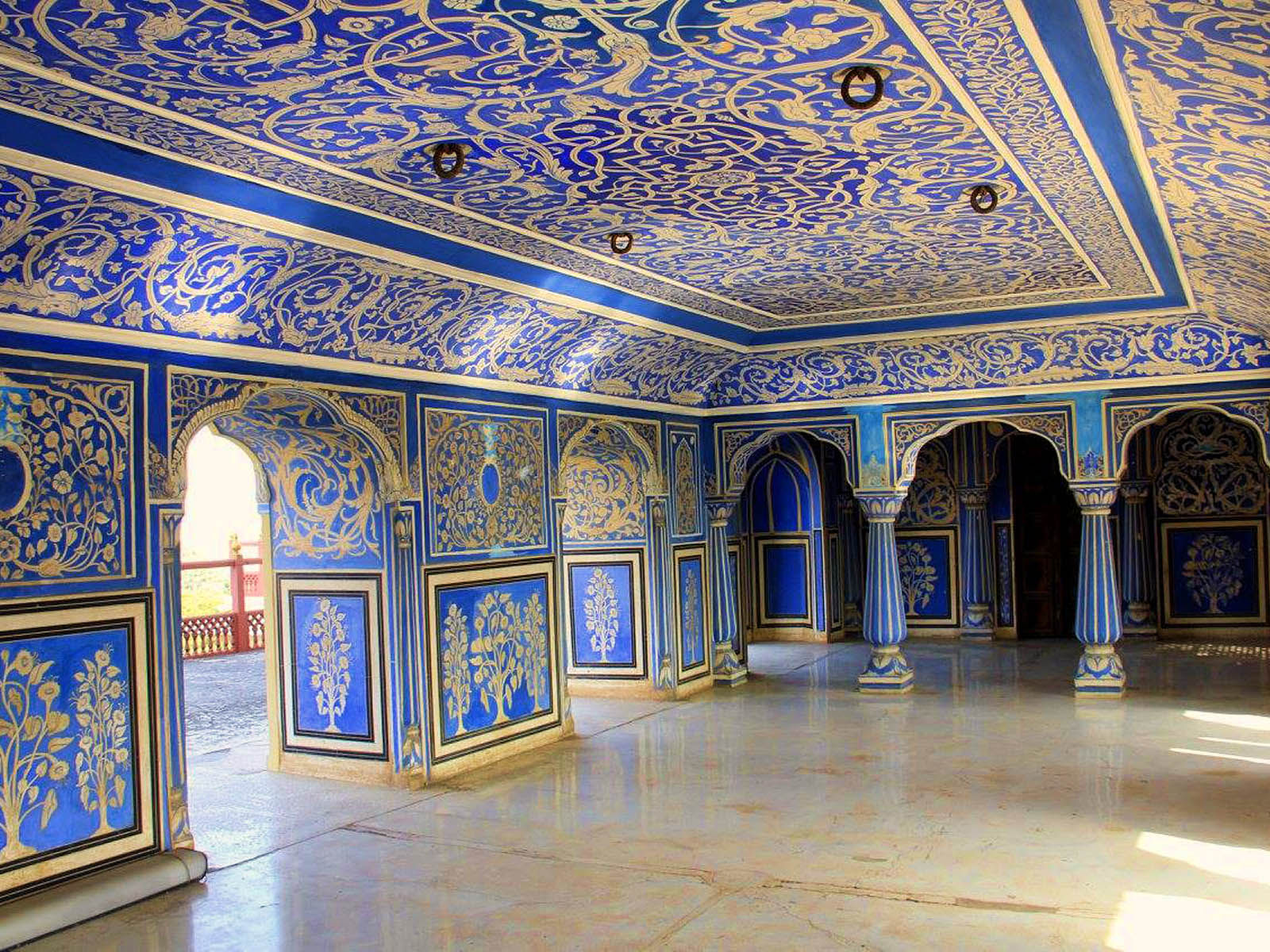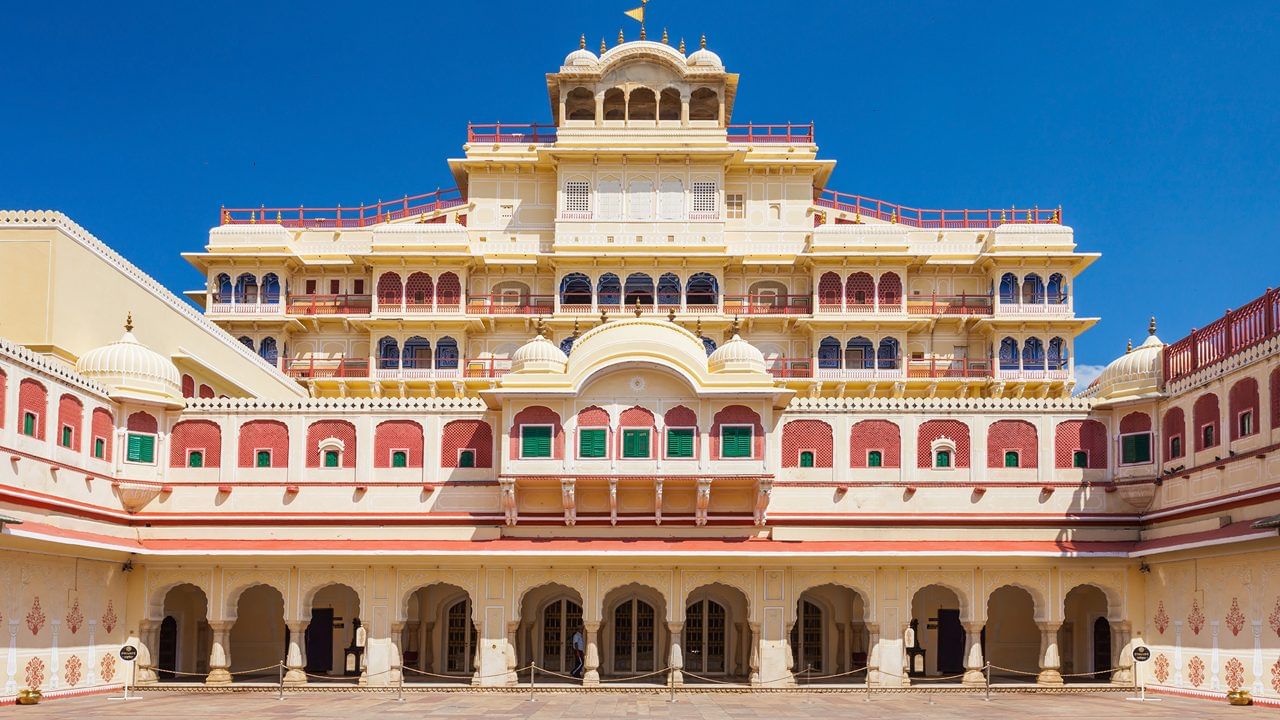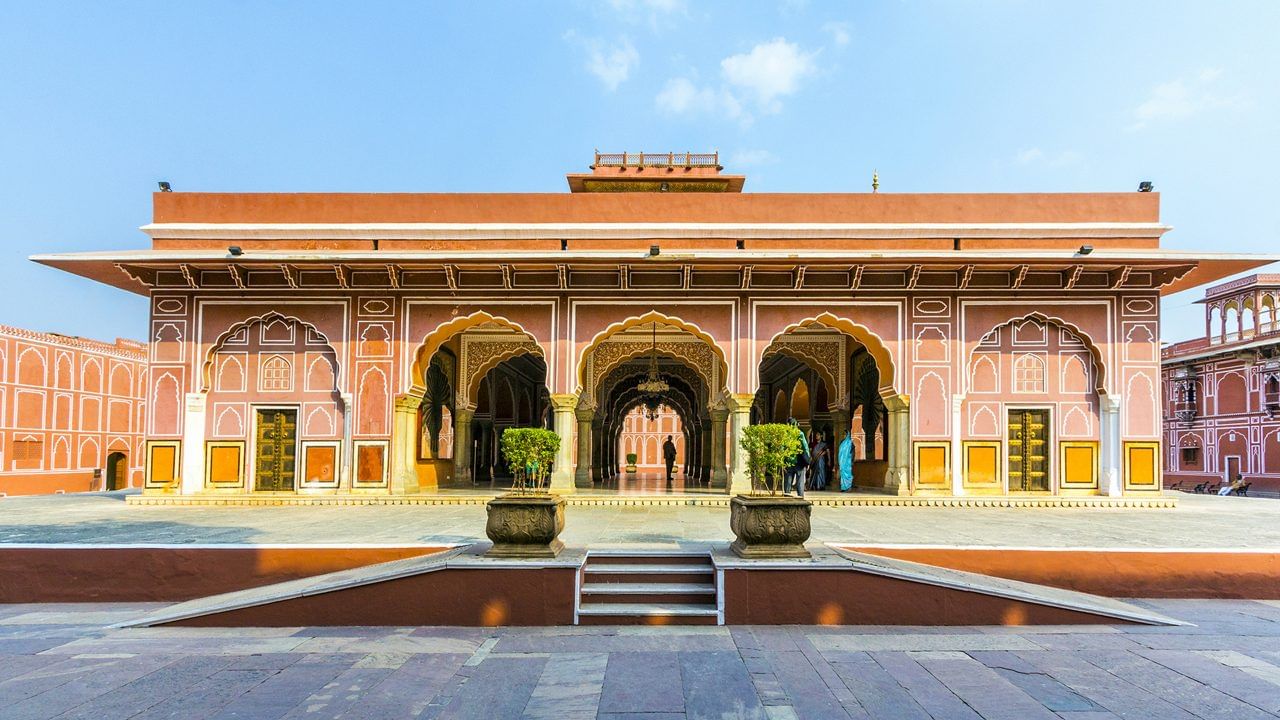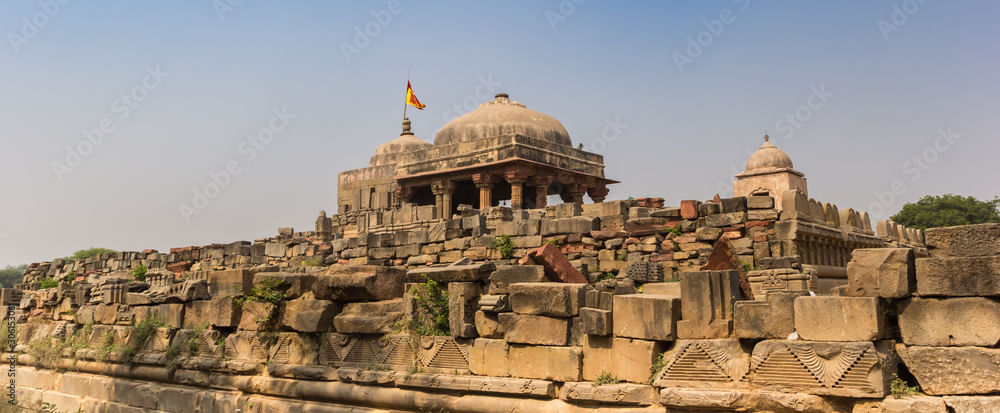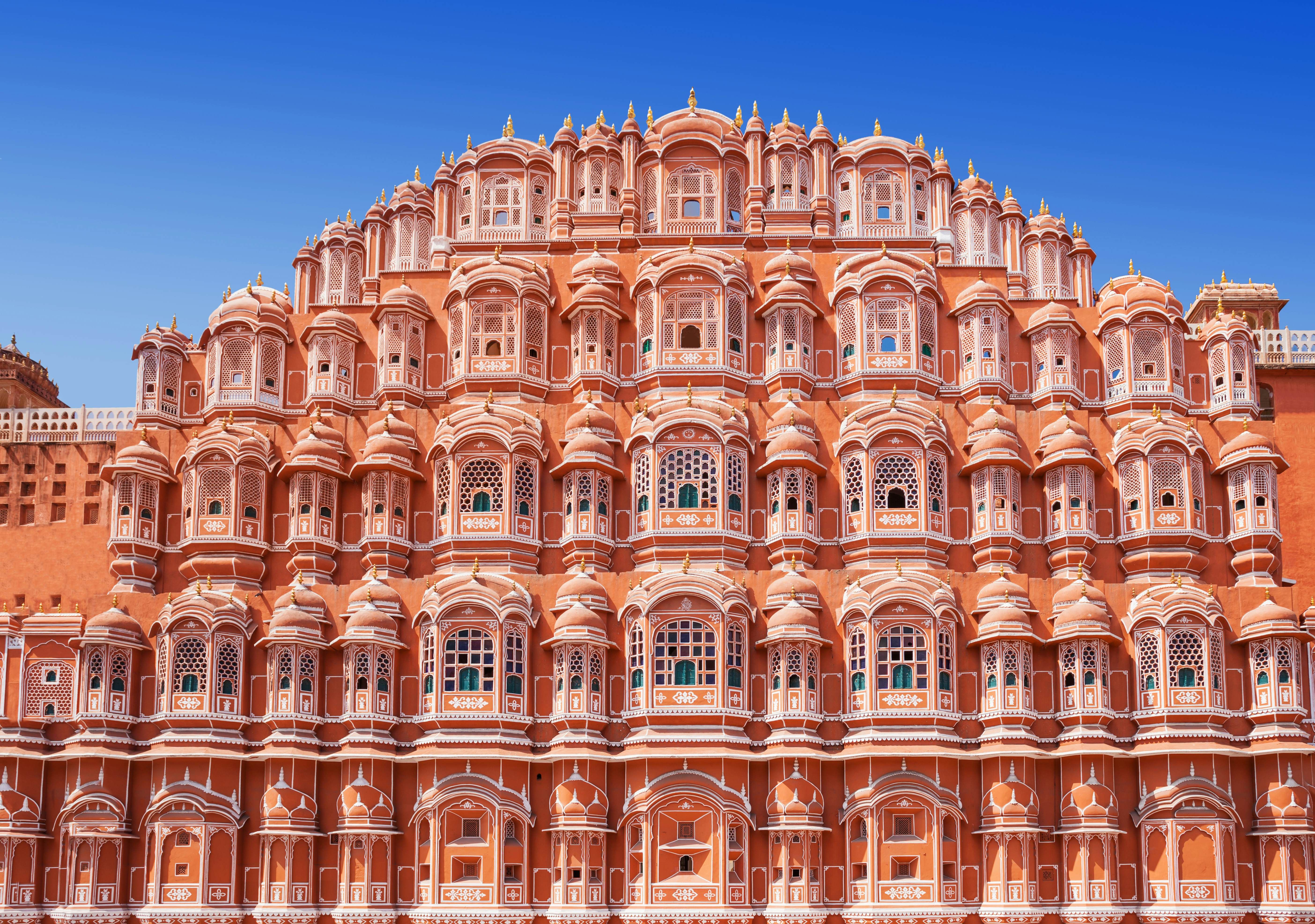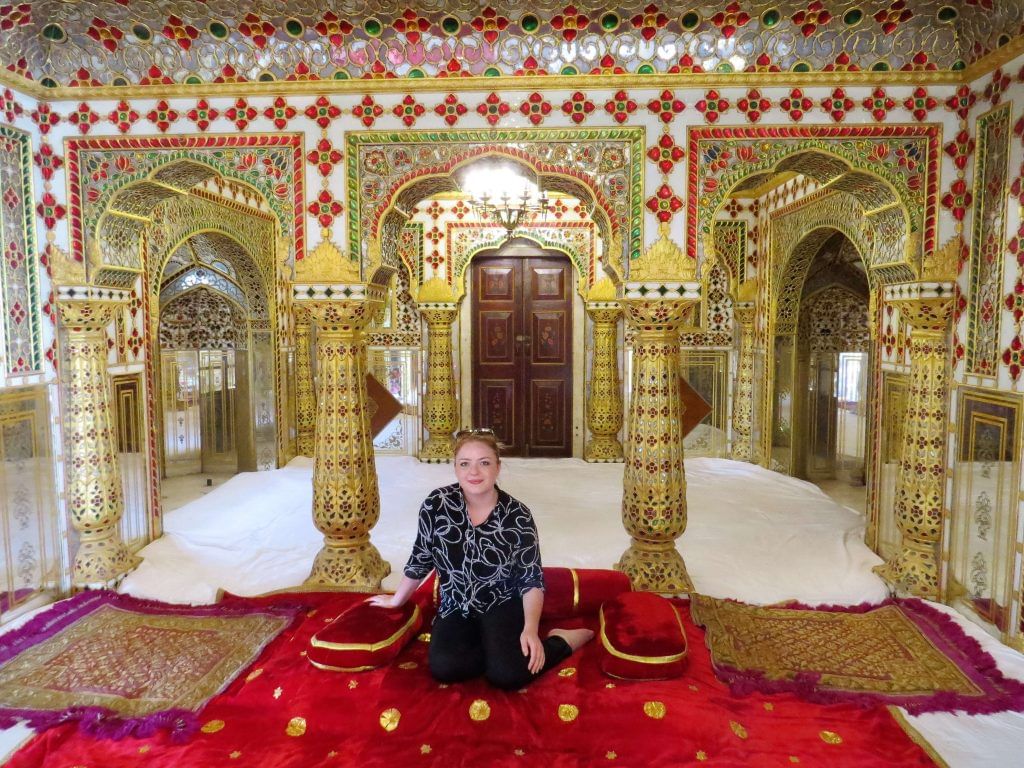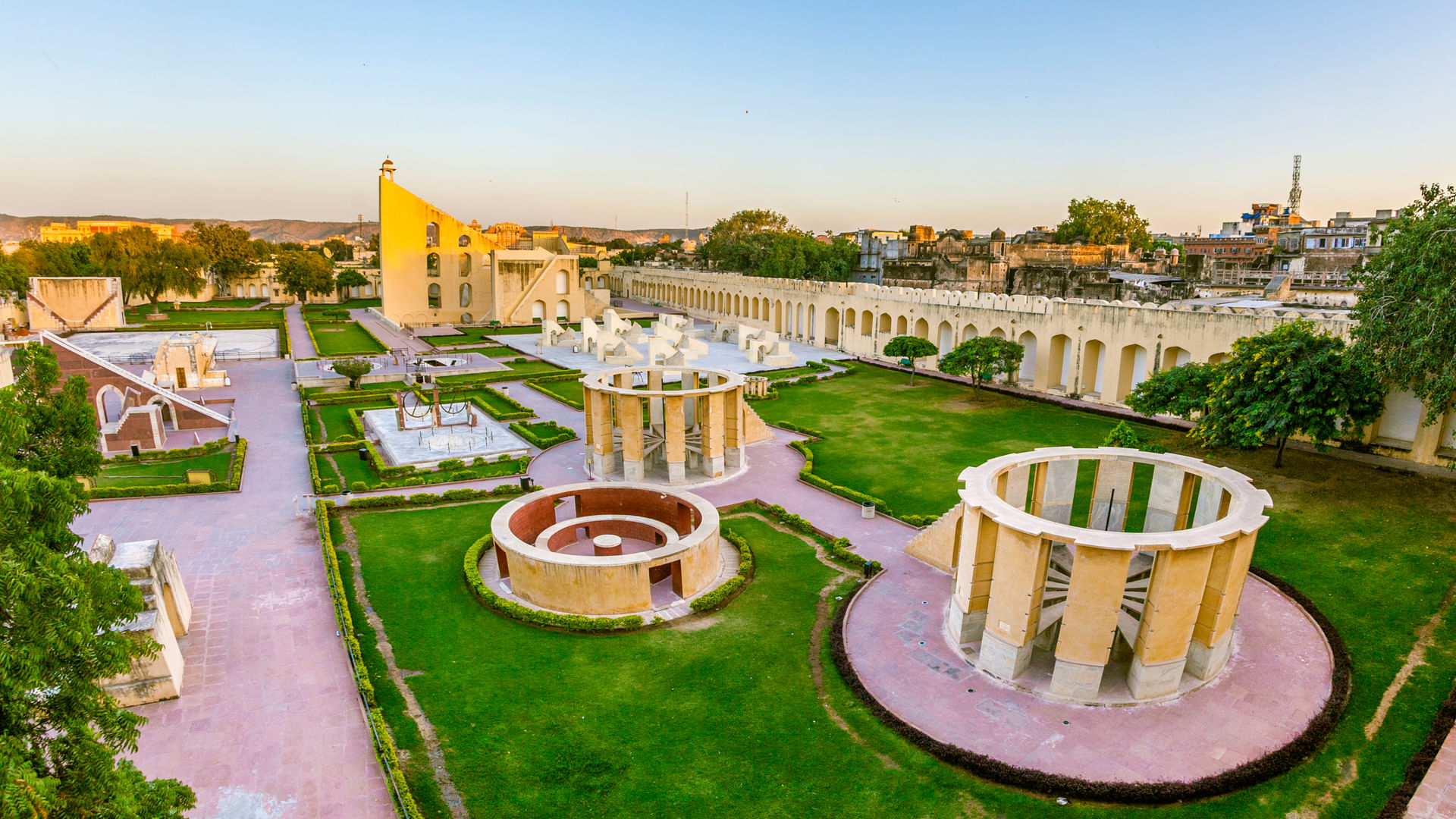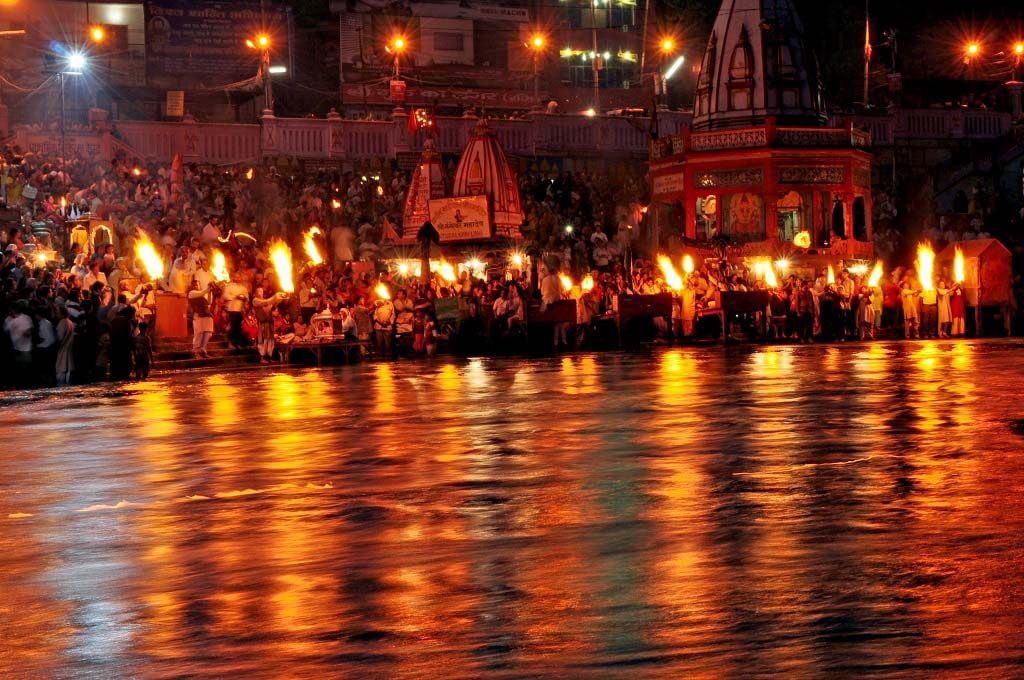Body, Mind & Soul - Golden Triangle with Varanasi & Amritsar !!
11 giorni
Moderato
ChatGPT said: Explore India’s highlights from Delhi to Amritsar, including the Taj Mahal, Amber Fort, Khajuraho Temples, Ganga Aarti, and Golden Temple.
This journey begins in Delhi, exploring Jama Masjid, Chandni Chowk, Rajghat, India Gate, and the Qutub Minar. Continue to Jaipur, the Pink City, with visits to Amber Fort, Hawa Mahal, City Palace, and Jantar Mantar. Travel to Agra via Abhaneri’s Chand Baori and Fatehpur Sikri, where you will marvel at the sunrise Taj Mahal and the grand Agra Fort. A train ride takes you to Jhansi, then onward to Orchha and Khajuraho, famed for its UNESCO temples. Drive to Allahabad to see the Triveni Sangam and Anand Bhawan before reaching Varanasi for a boat ride on the Ganges, evening Aarti, and a visit to Sarnath. The tour concludes in Amritsar with the Golden Temple, Jallianwala Bagh, and the Wagah Border ceremony before departure.
Cosa è incluso?
- · Accommodation at pre-selected hotels as per the itinerary
- · Daily buffet breakfast as per the program
- · All transfers and sightseeing by private air-conditioned vehicle
- · AC Chair Car train ticket from Agra to Jhansi
- · Services of professional English-speaking local guides as per the itinerary
- · Rickshaw ride in Old Delhi
- · Boat ride on the Ganges in Varanasi
- · Two complimentary bottles of water per day in the vehicle
- · 24/7 local assistance throughout the tour
- · All applicable taxes, parking fees, tolls, and driver allowances
Esclusioni
- · Domestic or international airfare, visa fees, and travel insurance
- · Monument entrance fees and activity charges as per the itinerary
- · Tips, personal expenses, additional sightseeing, and extra vehicle usage
- · Any services not explicitly mentioned in the inclusions or itinerary
notare che
- Accessibile con passeggino
- Trasporti pubblici nelle vicinanze
- Richiesto passaporto
- Accessibile a persone con mobilità limitata
- All of Our Vehicles are Brand New and in Best Conditions.
- All of Our Drivers are duly Scrutinised and Safe and are well aware of Roads. and Its Completely Safe to Travel with them even Alone.
- Transportation by air-conditioned private vehicle with local language speaking Chaeuffer.
- We Provide Transport as per the Following
For 2 Pax - Toyota Etios/Similar
For 3-4 Pax - Maruti Ertiga/Innova/Similar.
For 5-8 Pax - Tempo Traveller.
The most pleasant season runs from mid-November to March, with moderate heat and low rainfall. The maximum temperatures vary from 27° to 30°, the minimums from 16° to 22°. In March the tempera- tures begin to rise with highs reaching 38°. The month of August records the peak of the monsoon sea- son (from June to October) which invests the south-western regions with rainfall that varies in intensity according to the areas, limited in some to severe thunderstorms. In October and in the first half of No- vember the south-eastern part of India is affected by a north-east monsoon.
CLOTHING
Clothing must take into account the period and the regions where you go. In southern India, light cloth- ing can be worn all year round, without forgetting long trousers and long-sleeved shirts to protect against insects. During visits to the temples, excessively small clothing should be avoided. For those traveling to the northern regions, warmer clothing is needed, as the temperature can approach freezing in winter. In the desert region of Rajasthan the temperature varies a lot between day and night.
SHOPPING
In India the variety of handicraft production is practically infinite. Indian muslins, canvases, silks and brocades have enjoyed worldwide fame since ancient times and have been appreciated for the quality of the fabric, the beauty and resistance of the colors, the originality of the designs. Even today the brightly colored silk saris, embroidered or woven with gold or silver threads, the brocades of Varanasi as well as the cottons of Rajasthan, the wool or wool and silk carpets of Kashmir and Uttar Pradesh are renowned. The manufacture of fabrics is just one aspect of the varied and rich Indian craftsmanship which ranges from wood carving (teak, sandalwood, rosewood, ebony) spread almost everywhere, es- pecially in Karnataka, to Agra marble inlays or the stone sculptures of Orissa, from ceramics to hand- painted lacquers, from brass and copper pottery to bamboo and leather objects. The skill of the Indians in the cutting and processing of semi-precious and precious stones has been known since ancient times. Haggling in the bazaars is common practice.
Do not buy souvenirs that cost animals their lives or harm nature.
FOOD AND DRINK
It is recommended to drink only bottled or boiled water (found in almost all restaurants and hotels). Carefully avoid tap water and ice in drinks. It is advisable to consume only well-cooked foods and pack-aged foods, avoiding raw vegetables and fruit that cannot be peeled.
MEDICAL ASSISTANCE
In India there is a great variety of doctors practicing the most diverse forms of therapy and the only hospital in Europe is located in Delhi. It is advisable to bring from Italy tablets against any gastrointestinal disorders and medicines that are difficult to find locally.
BEHAVIOUR
Before entering the temples, mosques and or gurdwaras it is essential to take off your shoes, generally it is allowed to keep your socks on. To avoid discomfort, do not bring leather articles of any kind with you, because they could arouse some opposition. Inside places of worship, tourists can move as they please and sometimes attend religious rites, for which it is preferable to wear modest clothes, avoiding tops, skirts and shorts. A small donation will be welcome.
The folded hands namaste is the typical Indian greeting and its use will be greatly appreciated. Especially in cities, men will gladly shake hands with tourists; in fact, this gesture is considered particularly cordial. The majority of Indian women, on the other hand, are reluctant to shake hands with a man, both Indian and foreign (a possible refusal should not be considered an offence) and are generally surprised by the informality of relations between the two sexes used in Western countries. In private homes, you will be welcomed as guests of honour and your lack of familiarity with local customs and traditions will be understood and accepted. If you should be tempted to eat with your fingers, remember to use only your right hand.
GASTRONOMY
Indian cuisine varies according to the region, with notable differences between the southern and northern regions, but has as a common feature the wise use of spices which are used not only to flavor foods but also to aid digestion. In the north it looks remarkably like that of Middle Eastern or Central Asian countries; there is a great use of chilli (hot pepper), the staple food is wheat, and various types of unleavened bread are consumed, such as pooris or chapatis. The meats are quite common, naturally not beef. In the south, where the Muslim influence has been less strong, vegetarian diets prevail, and the cuisine revolves around rice, consumed in an infinite variety of ways. The highly savoury taste of Indian foods is related to the blend of spices frequently used in food preparation. These mixtures (Kari) can accompany various vegetables, chicken or lamb meat, fish or rice. Rogan josh (lamb curry), gishtaba (spiced meatballs with yoghurt), and korma (vegetable meat-based stews) are very common in the north. In the south, various vegetable dishes are widespread, including bhajia (a vegetable curry) and along the coasts, fish dishes, and the Cochin prawns are delicious. Perhaps the most common dishes throughout India are, however, the simple dhal, essentially a lentil soup, and the thali, the typical vegetarian dish, usually served on a tray with small bowls full of vegetables accompanied by a large quantity of rice. Among the desserts, kulfi, the typical pistachio ice cream, is very common, while tropical fruit is very abundant. It is a frequent habit to conclude the meal with a chewing pal, a mixture of spices, betel nuts and other powders, all wrapped up in an edible leaf. Tea is the most popular drink and some varieties of Indian tea are famous all over the world. Try the rice beer.
LANGUAGE
In India a large number of local languages are spoken, very different from region to region, among which Hindi is the official one. English represents a strong instrument of national cohesion and is very widespread, especially in hotels or in places frequented by Westerners.
RELIGION
Religion forms an integral part of India's complex tradition. Four of the most important faiths in the world meet on this territory: Hinduism, Buddhism, Christianity and Islam and among these, the first two were born in India. furthermore, this country which welcomed the Jews and the Parsees (followers of Zoroaster), who then integrated into Indian life, gave rise to Jainism, Sikhism and other innumerable cults and regional sects of lesser importance and which for centuries have acted and interacted with each other.
AIRPORT FEES
They usually already include exit taxes from the country. However, we recommend checking at the airport, as these are subject to change regulations.
PHONE
The cellular network is active in the country, however, Italian cell phones are only active in the main cities and it is therefore advisable to purchase a card locally. To call from India the area code is 0039. To call India dial 0091.
VACCINATIONS
No mandatory vaccination is required for travellers from Italy. Before travelling, it is advisable to consult the competent ASL on the need to carry out vaccinations or appropriate prophylaxis. In general, subject to medical opinion, vaccinations against diphtheria, hepatitis A and B, typhoid, tuberculosis, polio and tetanus booster are recommended. However, we recommend checking the Viaggiare Sicuri website at the link http://www.viaggiaresicuri.it/index.php?india
CURRENCY
The legal tender in India is the Indian Rupee. It is advisable to have currency in US dollars, especially for entrances, Euros are also welcome. No Indian currency can be brought into the country or exported, while any amount of foreign currency can be imported. It is very complicated to exchange the Rupee in another currency, so it is advisable to buy in such quantities as to no longer have liquids in local currency at the time of departure. Credit cards, preferably from the VISA circuit, are accepted both in authorized shops and in hotels in large cities, where automated bank branches can also be used.




